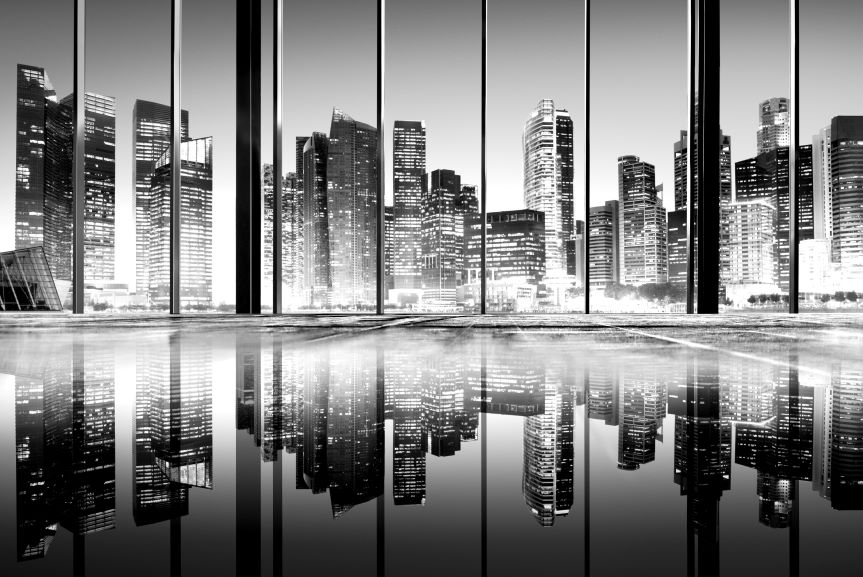Among cars, buildings and the bustle of many people is the technique of what urban photography is. Everything that is linked through it makes it magical and mysterious, since its definition is linked to the set of places, moments and sites that we can capture. It is done spontaneously and can include subjects or objects typical of the place.
To do this photographic style, you just need to have a camera handy and be creative. In order to carry it out, elements, subjects and the atmosphere of the streets are used as a study eye. Reflex or compact cameras are often used. There are no limits or parameters to follow, as it covers a wide variety of styles.
Urban photo styles:

To take urban photos, it is not necessary to classify them, but to differentiate them. In this way, we can appreciate the subtlety of each style of photos in the city. In this case, we will show you the most representative types, which will show you how wonderful it is to experiment in this area.
What nobody sees together with the silence of the night, come together and give us urban night photography. To do it, the ideal would be to have two types of lenses: A wide angle and zoom. We can interact with the lights that the buildings give us, to create the well-known bokeh effect. According to the seasons and the place where we are, nature offers us from night rain to snow.
Artistic urban photography has changed the concept of perfection

To take artistic urban photography, you must be in harmony with the city. For this, involving emotions is important to generate a reaction in people. The burst effect can help you capture interesting situations that occur at an unexpected moment. Involving murals also takes our captures to another level.
For cityscape photography, the most important thing is the view
The streets usually give us really perfect views, in this case, the surroundings matter more and what they can give in the image. Good lighting and aberrant angles can help us create urban landscape photographs that do not look like conventional ones. What stands out, as we have already said, is creativity.
Composition In Urban Photography
Composition is essential in urban photography, the way you place the elements within the frame will help you give them more or less prominence. A good composition can be the difference between the viewer stopping to enjoy your image or passing by.
You have certain resources to capture the attention of the viewer or give prominence to the center of interest.
These are the most used compositional resources in urban photography:

Framing
The vertical framing is more dynamic, it helps to emphasize the height of the buildings and to transmit more force. The horizontal provides greater stability.
Perspective
The angle from which you shoot your photo can completely change the effect it has on the viewer. For example, it will not be the same if you photograph a skater jumping at eye level than if you do it at ground level.
Lines
The lines help guide the gaze. Diagonals create tension, horizontal stability, vertical dynamism, and curves are more seductive and subtle.
Vanishing Point
When the lines meet at a point it is known as a vanishing point and this acts as a certain arrow. The lower the perspective you shoot from, the more powerful the effect of the vanishing point will be.
Patterns
Several repeating elements form a pattern, this can be more or less uniform but when it is interrupted by a different element it becomes the center of interest. You can use to create rhythm in your image.
Natural frame
When you use urban elements to frame your protagonist within the image it is known as natural framing. This makes the gaze focus directly on him.
Reflexes
Take advantage of all the reflective surfaces to get interesting compositions. Puddles, glass, mirrors, metal surfaces, etc., will be your allies in the city.
Human element
In urban photography it is not necessary for the human element to appear, which does not mean that it can be included or that it does not provide interest. As humans that we are we feel identified immediately. In addition, a human figure not only functions as a center of interest, but also includes a scale of size and can help reinforce the dynamism or stability of an image depending on the action it takes.

Graffiti
The city is full of graffities and street art, combine them with the human element, with natural framing or play with perspective, but it is a resource that you should not overlook in urban photography.
Architecture
Architecture is the ideal complement to your urban photographs, as a background, as a protagonist, as a co-star, to use its lines as a conductive element, etc.
Color
Use color to convey messages or for more attractive compositions. With analogous colors you can create urban photos full of harmony, on the contrary, if you are looking for contrasts you always have the option of including complementary colors. Red is a powerful eye-catcher wherever you place it.
Black and white
We already know about color-based compositions, which doesn’t mean you can’t do black and white street photography. Of course, although you will have to compose thinking in monochrome, the composition can never be sustained in color because it would not work, although it is advisable to photograph in color and then make the conversion, but always knowing that it will work in grayscale. Lean on lines, patterns, lights and shadows, etc.

Marcus is a journalist and urban enthusiast specializing in nightlife, food culture, and emerging creative scenes. He enjoys capturing the essence of city life through its people and places.



